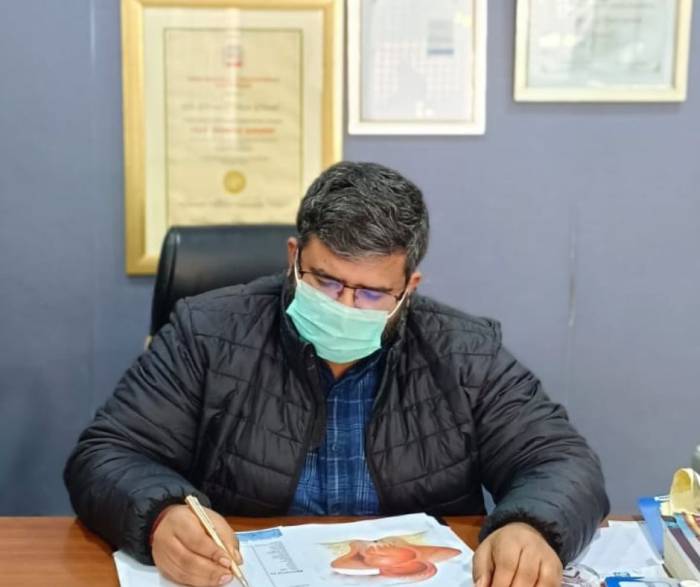
A Comprehensive Guide to Eosinophilic Esophagitis and Symptoms Diagnosis and Therapy Options
The main symptom of EoE is a raised number of eosinophils which are white blood cells, in the esophagus. Often, Dysphagia results from allergies and may result in challenges eating and swallowing. If esophageal cancer is spotted in its early stage, it can be treated properly to avoid lasting harm to the esophagus. Gastroenterologist in Agra provide you the best treatment.
Symptoms
Difficulty swallowing, chest pain and food lodged in the throat are the most common symptoms of EoE at any age. Abdominal pain, being sick or a lack of growth may be experienced by children. Many adults regularly experience heartburn that medication does not help. Occasionally, people show symptoms, making it difficult for doctors to diagnose the illness. Unrelenting symptoms often lead a gastroenterologist to explore further.
Diagnosis
To diagnose EoE, a doctor relies on the patient’s story, connects it to endoscopy and checks the mucosa which can be done with esophageal biopsies. As an endoscopy is ongoing, specialists watch for any rings, furrows or white marks on the walls of the esophagus. Eosinophils can be detected in the esophagus using biopsies. You can easily find the Best Gastroenterologist in Agra.
Treatment Options
EoE is managed by reducing the patient’s obstructive symptoms and treating inflammation. Typically, managing this condition involves switching to a restricted diet to find the foods responsible and using medications such as proton pump inhibitors. For very serious cases, a doctor might need to dilate the esophagus.
Conclusion
This condition is not easy to ignore because it requires regular care from the doctor. If you find out its symptoms, get an accurate doctor’s diagnosis and use the proper treatment plan, your wellbeing can improve a lot. Dr Karan R Rawat is an experienced gastroenterologist at a safe surgery center.



